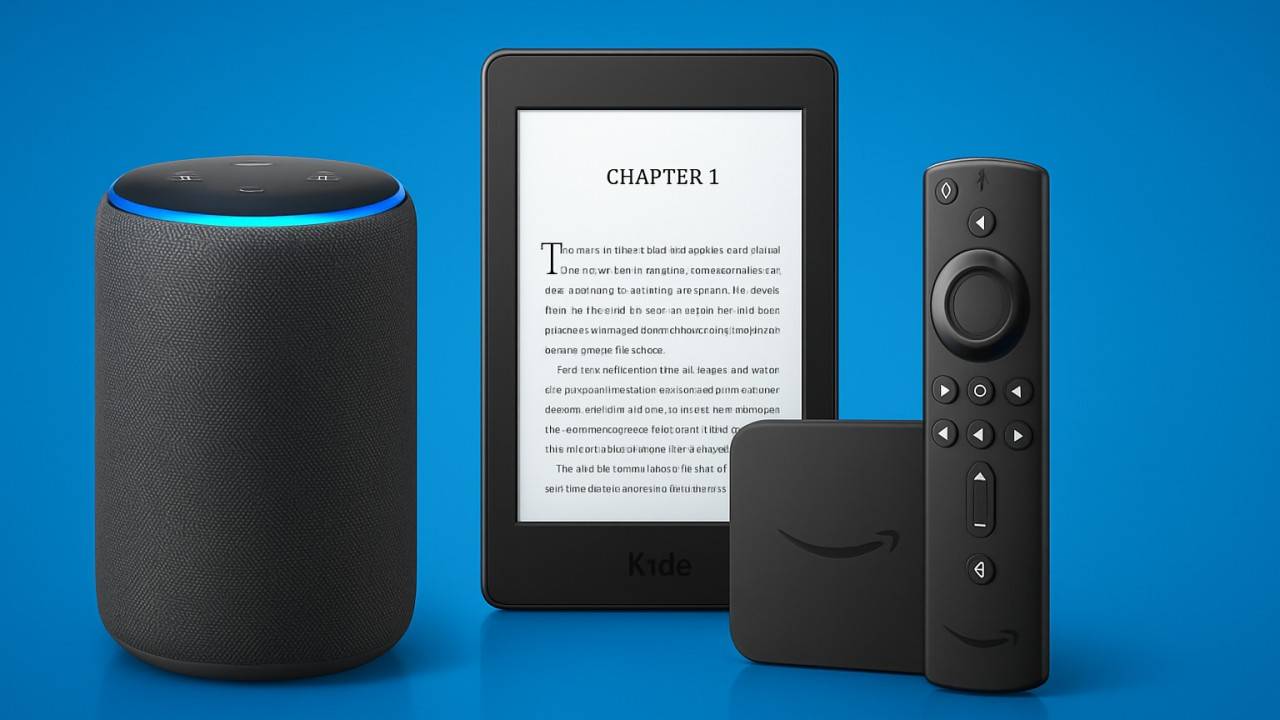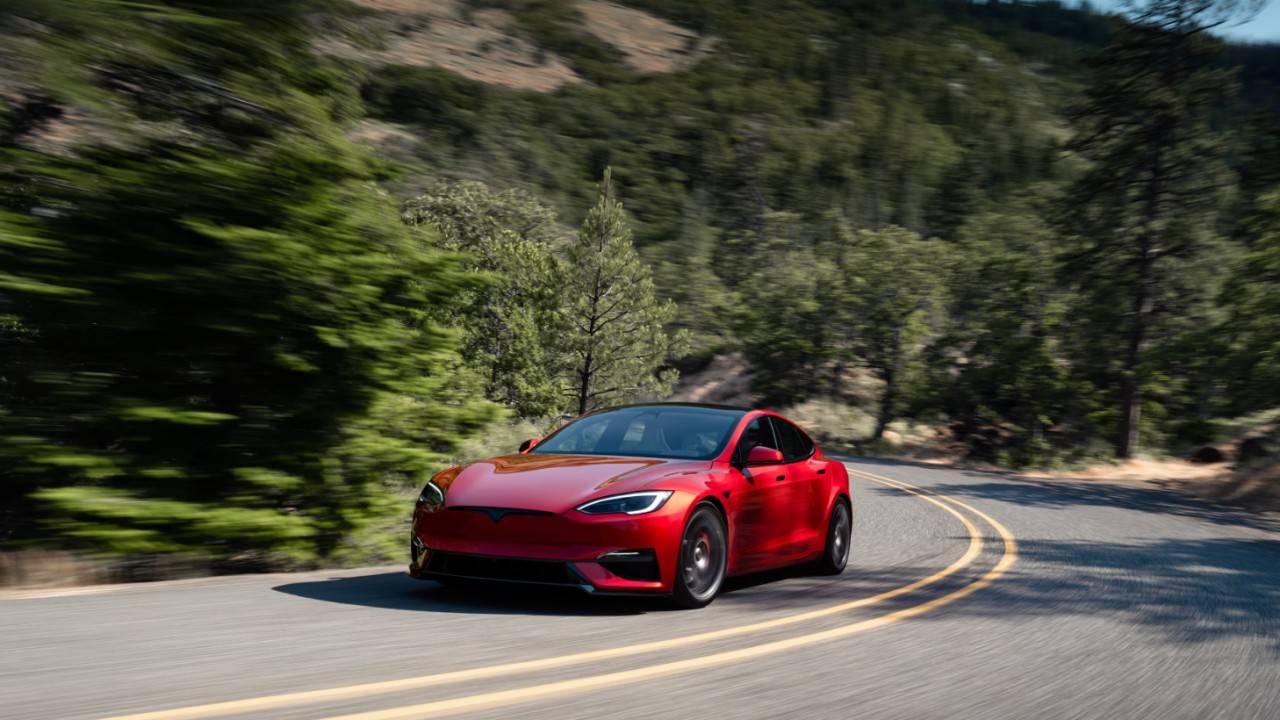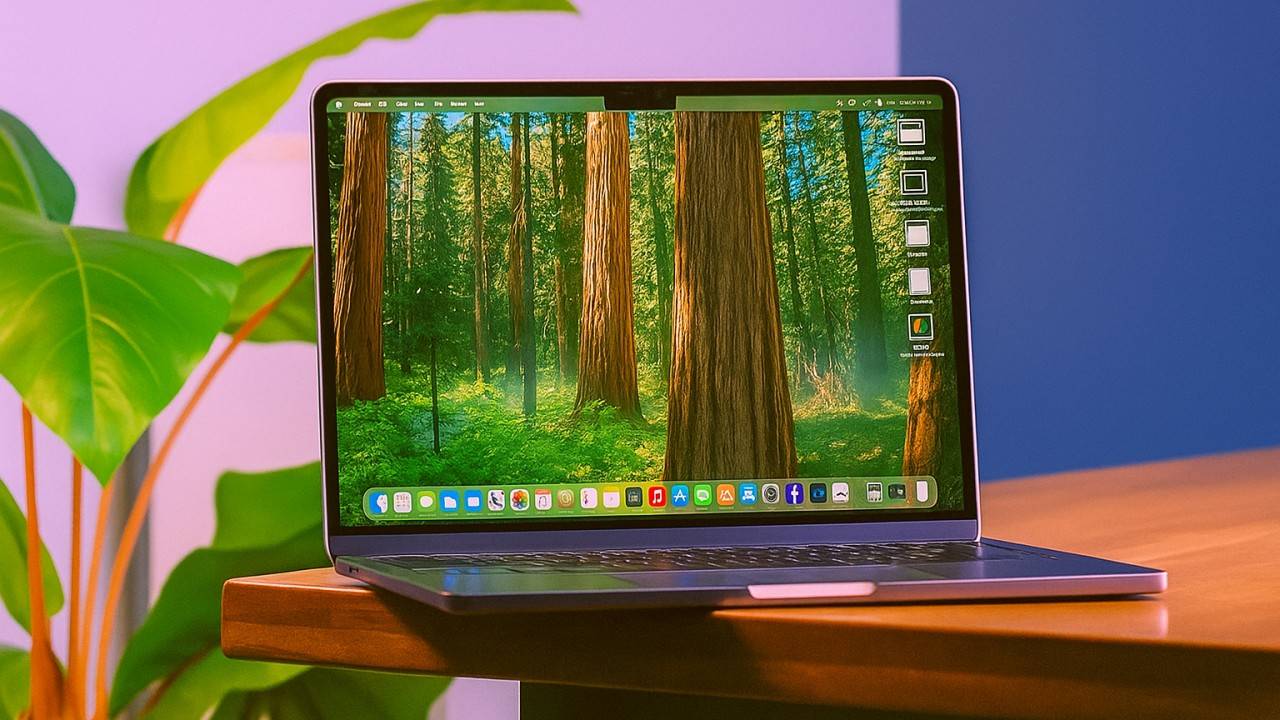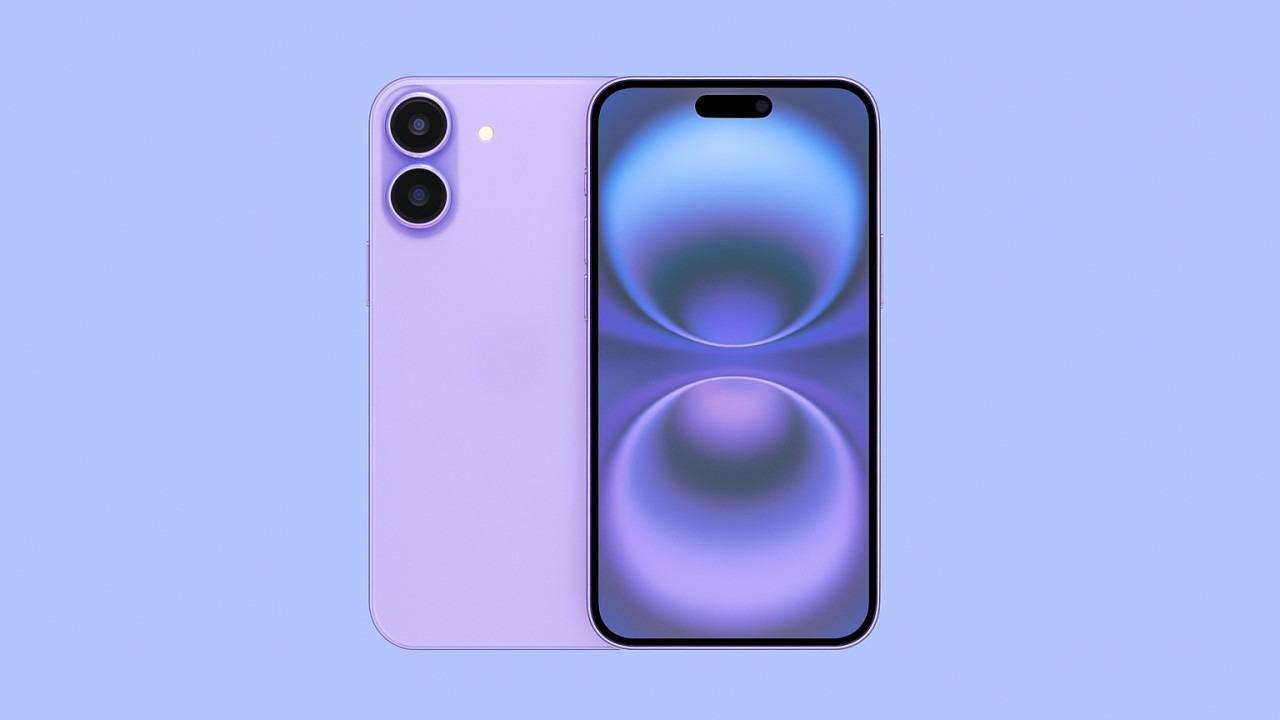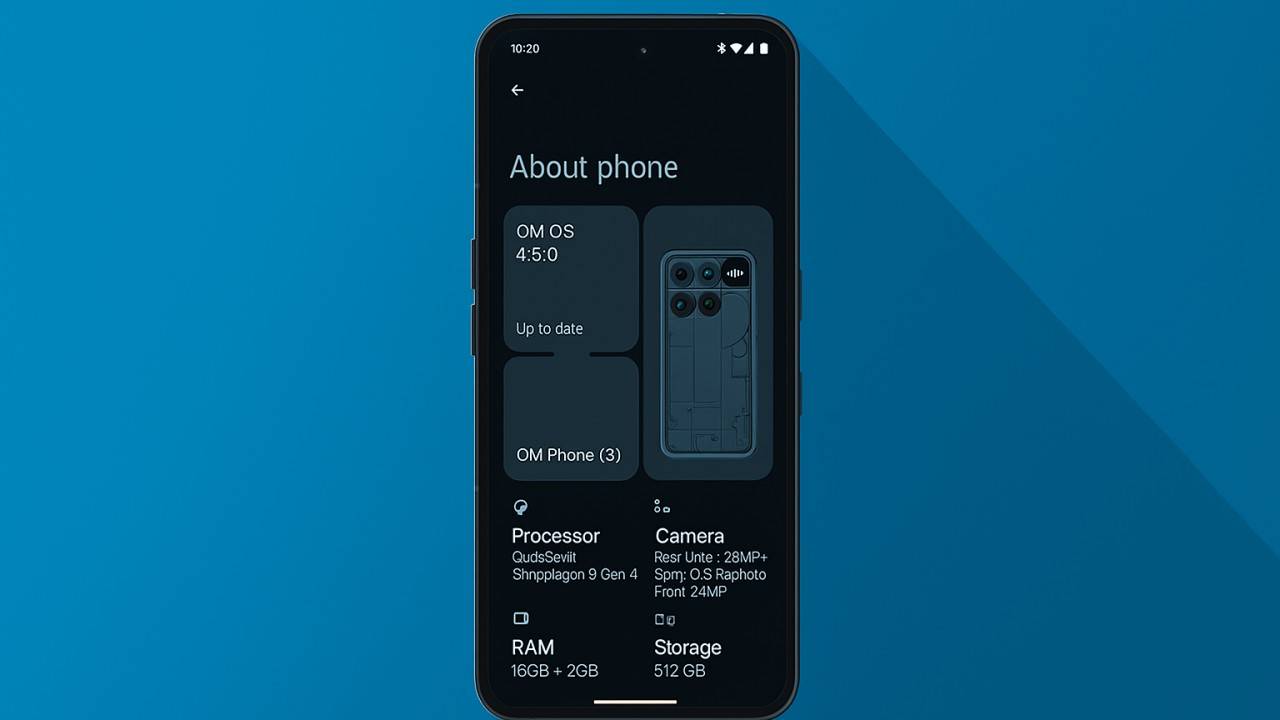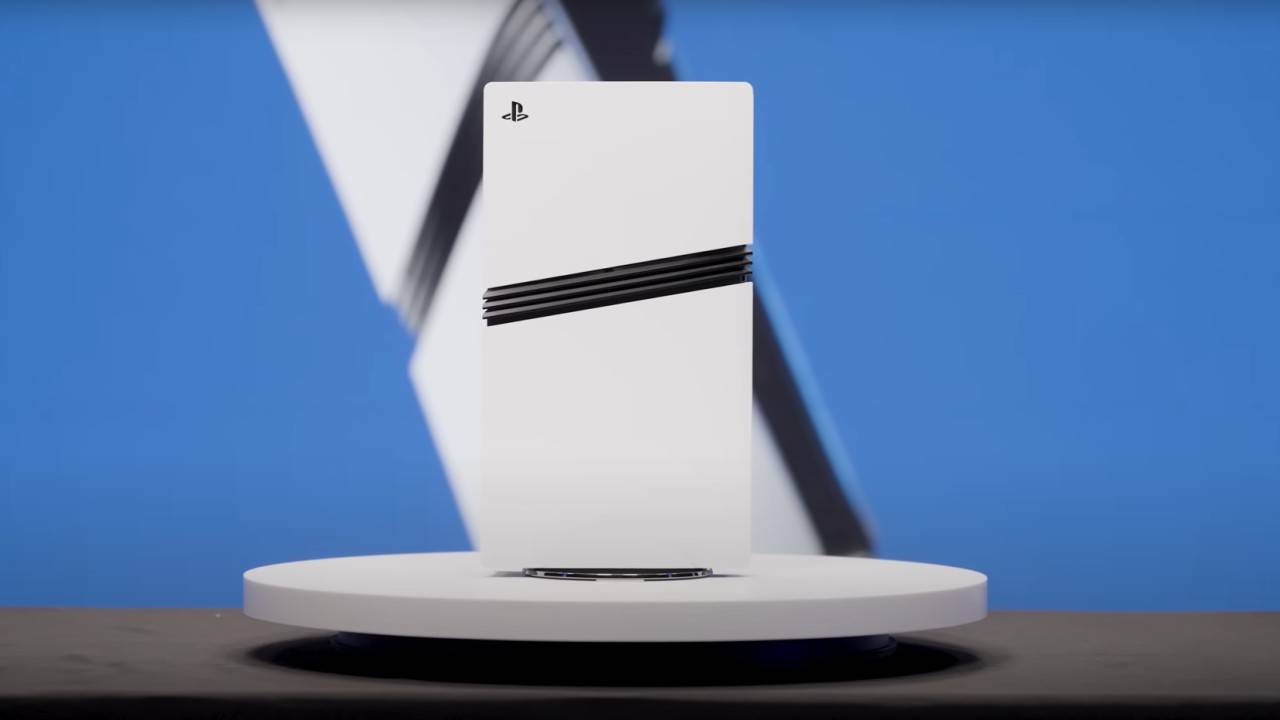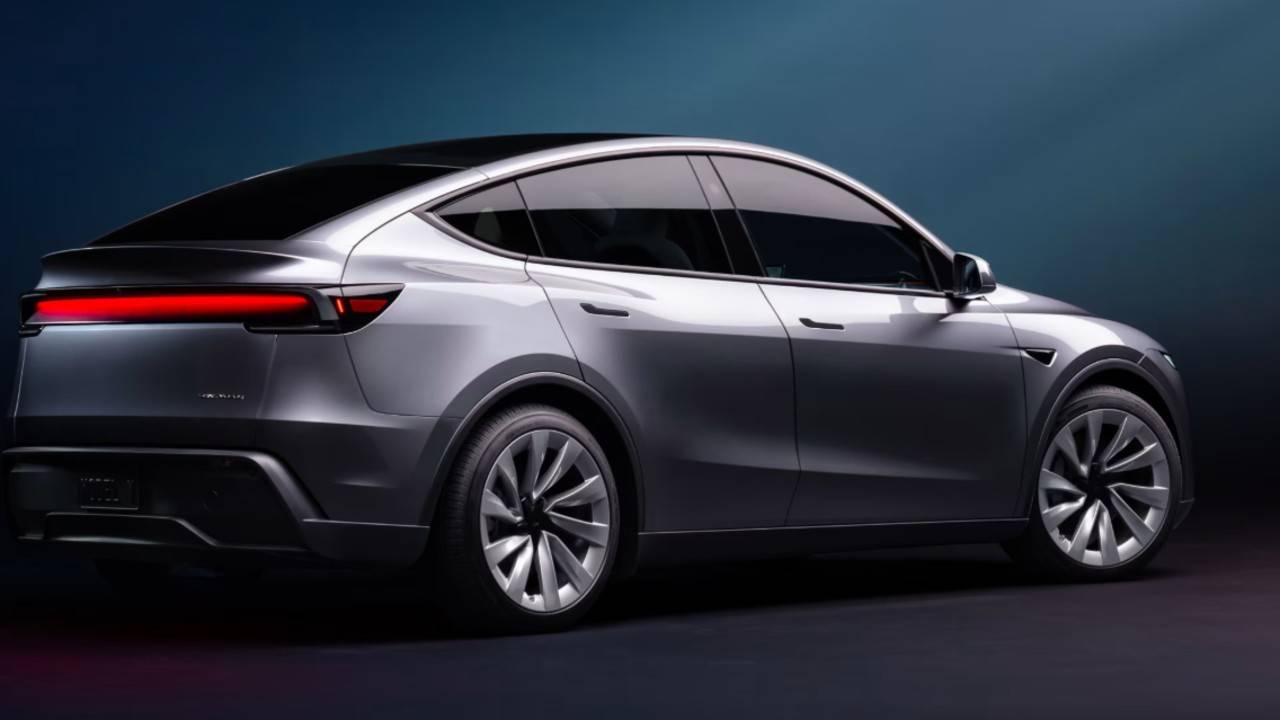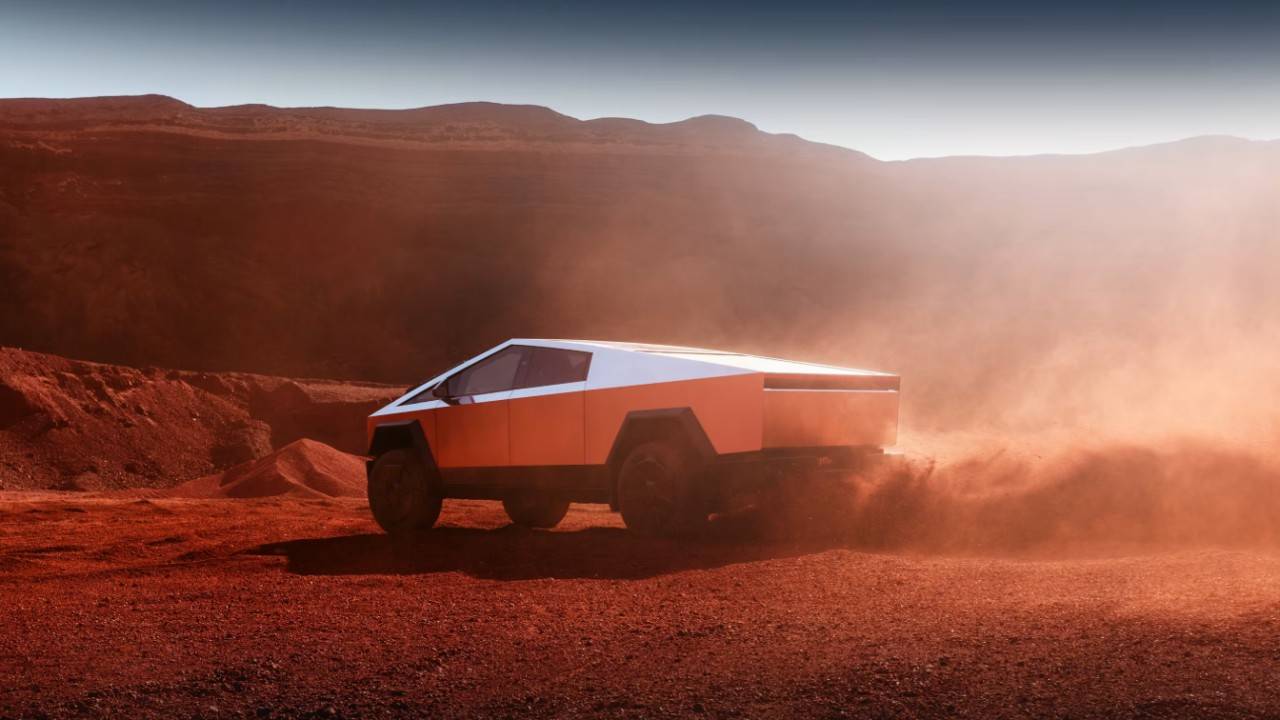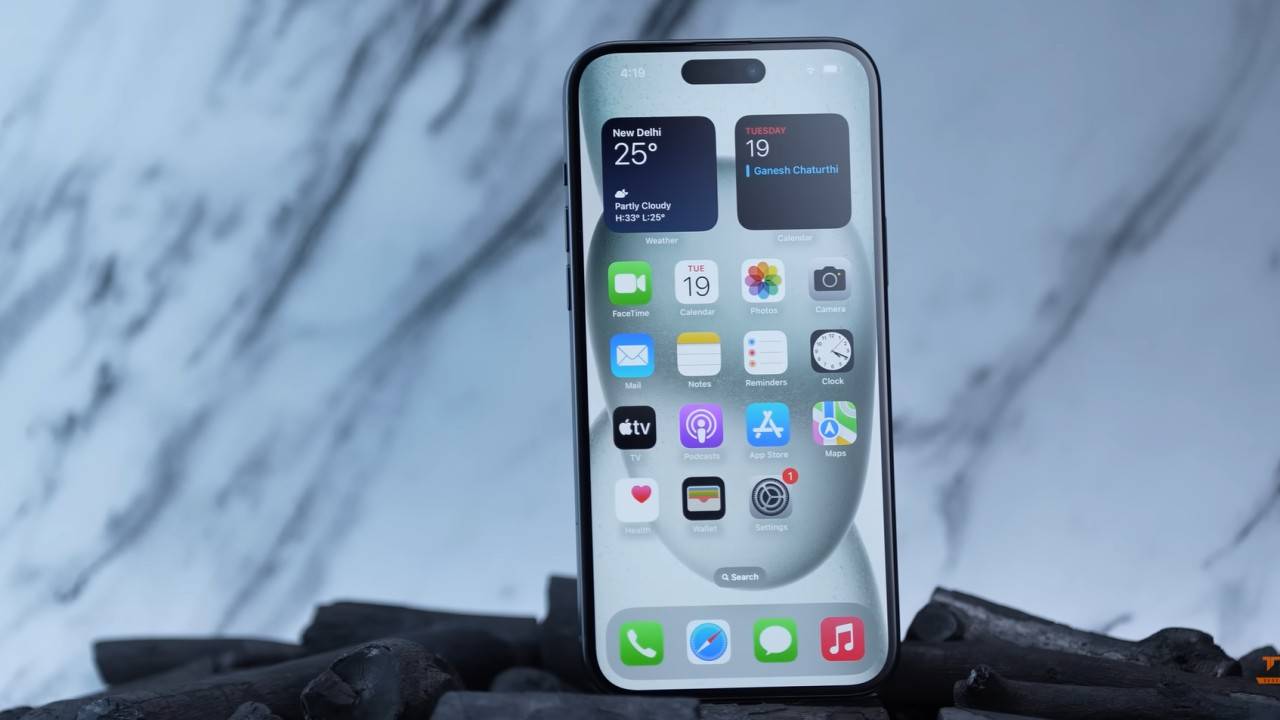Annually, Amazon has a fall devices and services event that signals its smart home, entertainment, and e-reader ecosystems. The September 30, 2025, event was no different. With everything from next-generation Echo speakers to a new take-no-prisoners operating system for Fire TV, Amazon announced a whole slate of hardware and software enhancements aimed at keeping customers locked in the Alexa-powered universe.
In this blog, we’ll break down all the key announcements—Echo, Kindle, Fire TV, Alexa+, and smart home accessories—along with what they mean for users, developers, and the larger tech ecosystem.
A Smarter Alexa with “Alexa+”
At the center of nearly every announcement was Alexa+, Amazon’s new conversational AI. In contrast to the Alexa of yore—which tended to respond with brief, scripted responses—Alexa+ is meant to feel more natural-sounding, context-sensitive, and proactive.
Some of the new features are
- Searching for things inside of TV shows and movies (“skip to the scene where…”)
- Providing background information on actors or songs when you watch
- Contextual understanding for more fluid multi-turn conversations
Amazon is framing Alexa+ not only as a voice assistant but as a complete AI companion across products. It should feature prominently on Fire TV, Echo speakers, and even smart home automations.
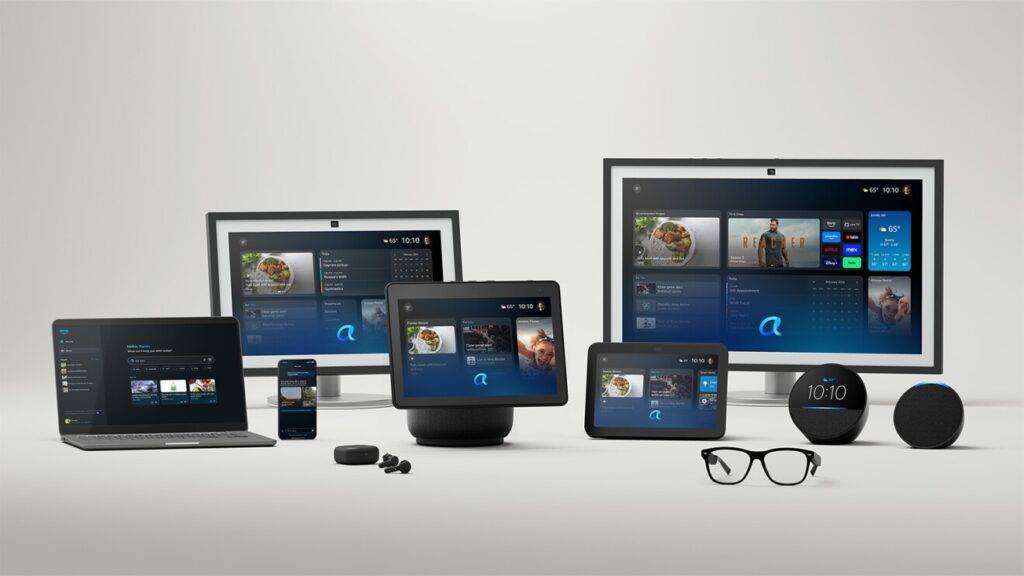
New Echo Devices: Smaller, Smarter, and Improved Sound
Amazon’s Echo line got the long-overdue update.
Echo Studio (2025)
The new Echo Studio is 40% smaller than the previous model but does not skimp on audio. It has spatial audio and Dolby Atmos support, guaranteeing immersive sound in a small package. Under the hood is Amazon’s AZ3 Pro chip, enhancing processing for Alexa+ features and smart home integrations.
Echo Show 8 and Echo Show 11
The smart displays also received significant upgrades:
- Sleeker designs with thinner bezels
- 13 MP cameras for sharper video calls
- Better screens for sharper images
- “Omnisense” presence-sensing sensors
The Echo Show 11 specifically feels like Amazon’s move towards bigger, family-sized smart displays that serve as entertainment centers.
Echo Dot Max
Amazon also announced a new Echo Dot Max, an upgraded version of its top-selling small speaker. It provides more powerful bass and cleaner mids without giving up the price and shape that made the Dot popular.
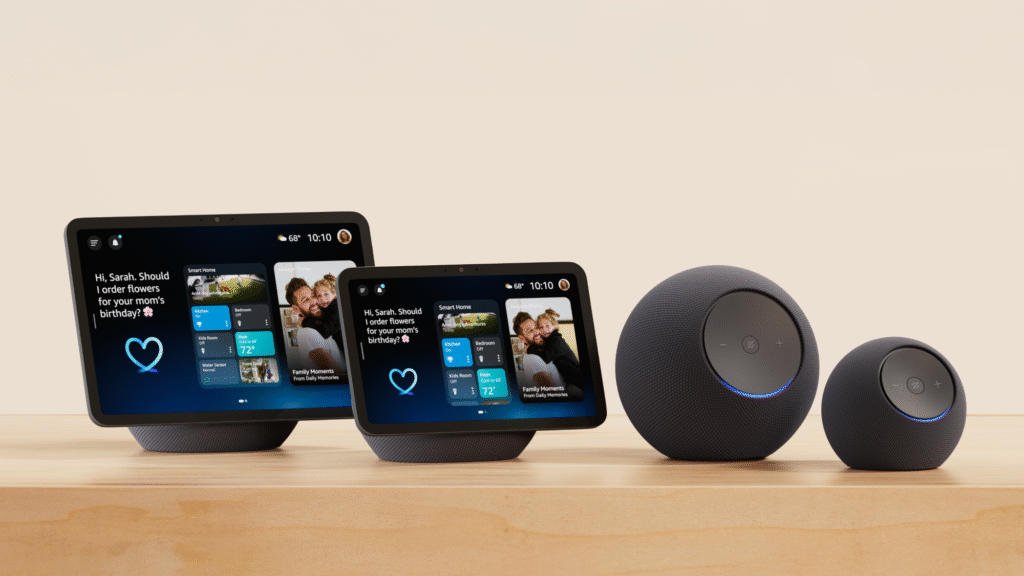
Kindle Scribe Goes Colour
Perhaps the biggest surprise reveal was the introduction of color E Ink Kindle Scribe models. While regular Kindles have long ruled e-reading, Acolor is finally providing richer visuals for:
- Comics and graphic novels
- Magazines and educational content
- Colour-coded note-taking
The new Kindle Scribe is also thinner (5.4 mm) and lighter (~400 g), so it’s easier to carry. Improved stylus integration provides smoother handwriting and drawing.
On the software front, Amazon announced:
- AI note summarization
- A new “Workspaces” tab for improved note and document organization
- Direct integration with OneDrive and Google Drive for file import and export
This transition positions Kindle Scribe not only as an e-reader but also as a serious player in the digital productivity arena.
Fire TV and the Bold Move to Vega OS
The most ambitious of the updates came with Fire TV.
Vega OS: A New Beginning
Amazon officially announced its move away from Android-based Fire OS to Vega OS, a Linux-based system. Vega is optimized for speed, lean app management, and better integration with Alexa+.
Main highlights:
- Support for technologies such as React Native, easing cross-platform development
- Quick app loading and smother performance
- Optimized to bring Amazon’s ecosystem together across TVs, sticks, and even smart displays
However, older Fire TV devices will not be upgraded to Vega OS. They’ll remain on Fire OS, creating a split ecosystem for now. That could slow developer adoption and create fragmentation in the short term.
New Fire TV Hardware
Fire TV Stick 4K Select launched at just $39.99, offering affordable 4K streaming with Vega OS.
Amazon updated its Omni QLED, 2-Series, and 4-Series Fire TVs with the addition of Omnisense presence detection and more integrated Alexa+.
The objective is obvious: Amazon desires Fire TV to continue being the hub of the living room—and now, with Vega OS, it manages the whole software stack.
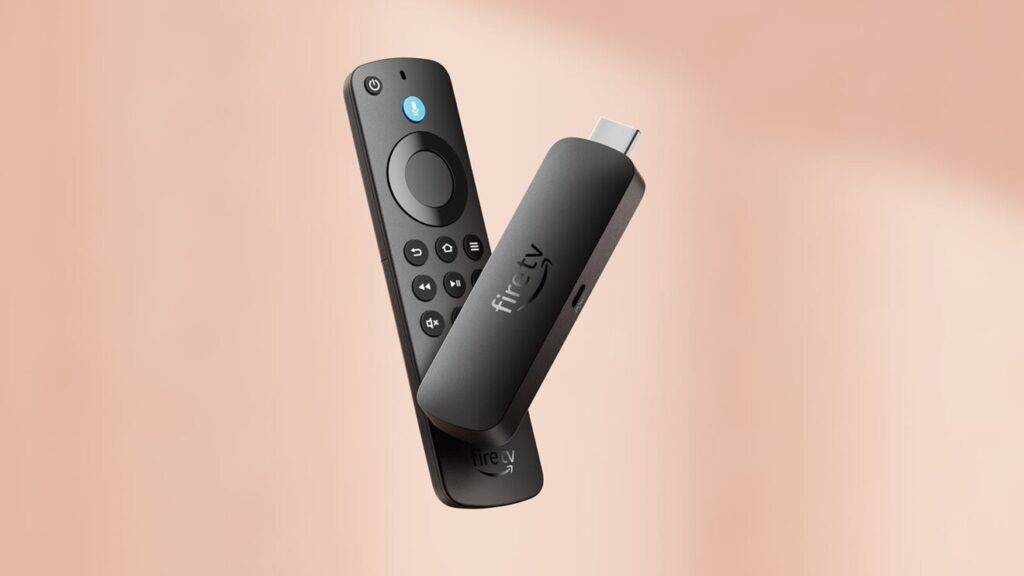
Why These Announcements Matter
For Users
Kindle devotees at last have color e-ink and enhanced note-taking—the best of both reading and productivity worlds.
Echo users experience better audio, screen, and more intelligent AI interactions.
Fire TV users can enjoy improved, faster, smoother performance—though current device owners will potentially feel left behind without Vega OS enhancements.
For Developers
Vega OS is both a challenge and an opportunity. Developers will have to re-optimize or rebuild applications, but the likes of React Native can help facilitate this transition.
Alexa+ offers new possibilities for contextual and generative AI integrations.
For the Market
Amazon is definitely striving to set itself apart from Google’s and Apple’s ecosystems. Controlling both hardware and software (as Apple does), Amazon can move more quickly to innovate—but it risks alienating consumers if app support or feature parity falls behind.
Challenges Ahead
Ecosystem Fragmentation: Supporting Vega OS in addition to Fire OS may confuse consumers and strain Amazon’s developer resources.
Developer Adoption: Major players such as Netflix and Disney+ are most likely to port apps in a hurry, but smaller developers will take their time.
Pricing & Availability in India: Global launches of Amazon take months to trickle into India. Kindle and Echo updates will probably arrive soon enough, but Fire TV Vega devices might be delayed.

Final Thoughts
Amazon’s September 30, 2025, event was its most ambitious so far. With Alexa+ becoming more conversational, Echo devices more powerful, Kindle Scribe more versatile, and Fire TV reimagined with Vega OS, Amazon is sending the message that it’s not just keeping up—it’s setting the agenda for smart homes and digital media.
To consumers, the updates are thrilling. To developers, they are worrisome. And to the competition, they send a clear message: Amazon is going all in on AI, lock-in ecosystems, and the future of connected living.

